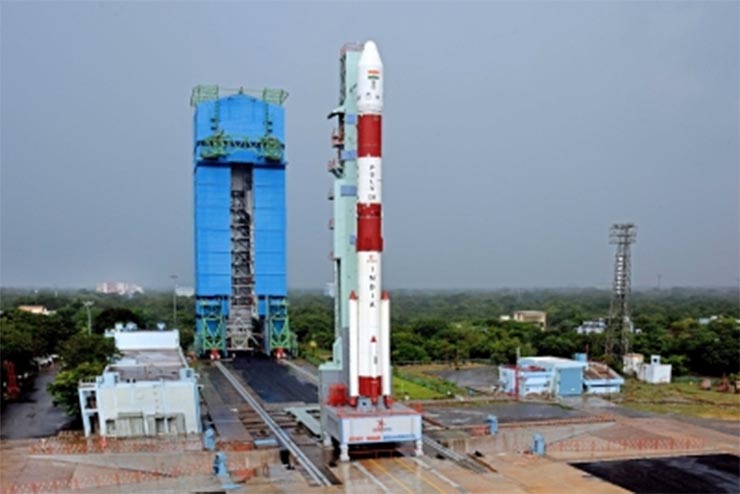
Chennai: India will send up its first second-generation navigation satellite on May 29 morning, using its Geosynchronous Satellite Launch Vehicle (GSLV) rocket, the Indian Space Research Organisation (ISRO) said.
The highlight of the May 29 launch is that for the first time, an indigenous atomic clock will be flown in NVS-01. Each satellite had three atomic clocks. The Indian space agency had used imported atomic clocks on all the nine navigation satellites it had launched earlier.
According to the Indian space agency, the rocket GSLV-F12 carrying 2,232 kg NVS-01 navigation satellite is scheduled to lift off at 10:42 am. from the second launch pad in Sriharikota spaceport.
The rocket will deliver the satellite into a Geosynchronous Transfer Orbit (GTO) from where it will be further taken up by firing the on board motors.
The ISRO said NVS-01 is the first of the second-generation satellites envisaged for the Navigation with Indian Constellation (NavIC) services. NVS series of satellites will sustain and augment the NavIC with enhanced features. This series incorporates L1 band signals additionally to widen the services.
To meet the positioning, navigation and timing requirements of the nation, ISRO has established a regional navigation satellite system called NavIC. NavIC offers two services — Standard Position Service (SPS) for civilian users and Restricted Service (RS) for strategic users.
It was said the NavIC satellites were performing well till the three clocks in IRNSS-1A – the first satellite failed.
Simply put, the NavIC or formerly Indian Regional Navigation Satellite System (IRNSS) is similar to the GPS (Global Positioning System) of the US, GLONASS of Russia and Galileo of Europe as well as China’s Beidou.








